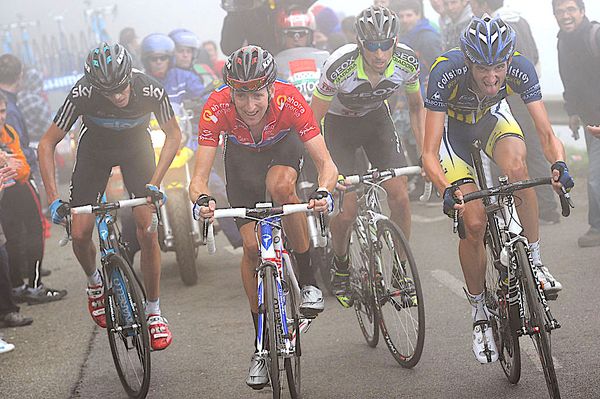Conor Dunne: Nine reasons the Vuelta is the hardest race I've ever done
Conor Dunne tells exactly what makes the Vuelta a España so tough for the riders
Conor Dunne
GCN Presenter
The Vuelta a España, like the Tour de France and the Giro d'Italia, is three weeks long across 21 stages, often going through the Pyrenees, Asturias and Sierra Nevada mountain ranges.
Read more: Climbing the Angliru with Conor Dunne and David Millar, one of cycling's most feared climbs
In my career, I learned that it's a real brute, as I was lucky enough to race it back in 2017. I think in hindsight, I consider it the hardest race I've ever done. Here's why:
The heat factor

© Sprint Cycling Agency
Enric Mas recovers after stage 6 of the 2023 Vuelta
The first reason why I found the Vuelta so hard was the fact that it is absolutely roasting hot. The temperatures are often in the high 30s and pretty consistently touching 40 degrees. So, you have to do quite a lot of preparation before you even get to the race, with races such as the Vuelta a Burgos providing the ideal simulation of what the temperature is going to be like at the Vuelta.
I did plenty of training in the south of France in the middle of summer in the mountains, without which, I honestly don't think you'd get through a day in the Vuelta. You're just gasping for air and water the whole time, and that's with all that heat adaption training built in. It really is an absolute furnace. You're trying to top up water all the time, trying to keep cool for three weeks long when you're hot in the race, in your hotel, or in the bus to the race. It is a relentless task and anything you do feels like a task.
Short stages
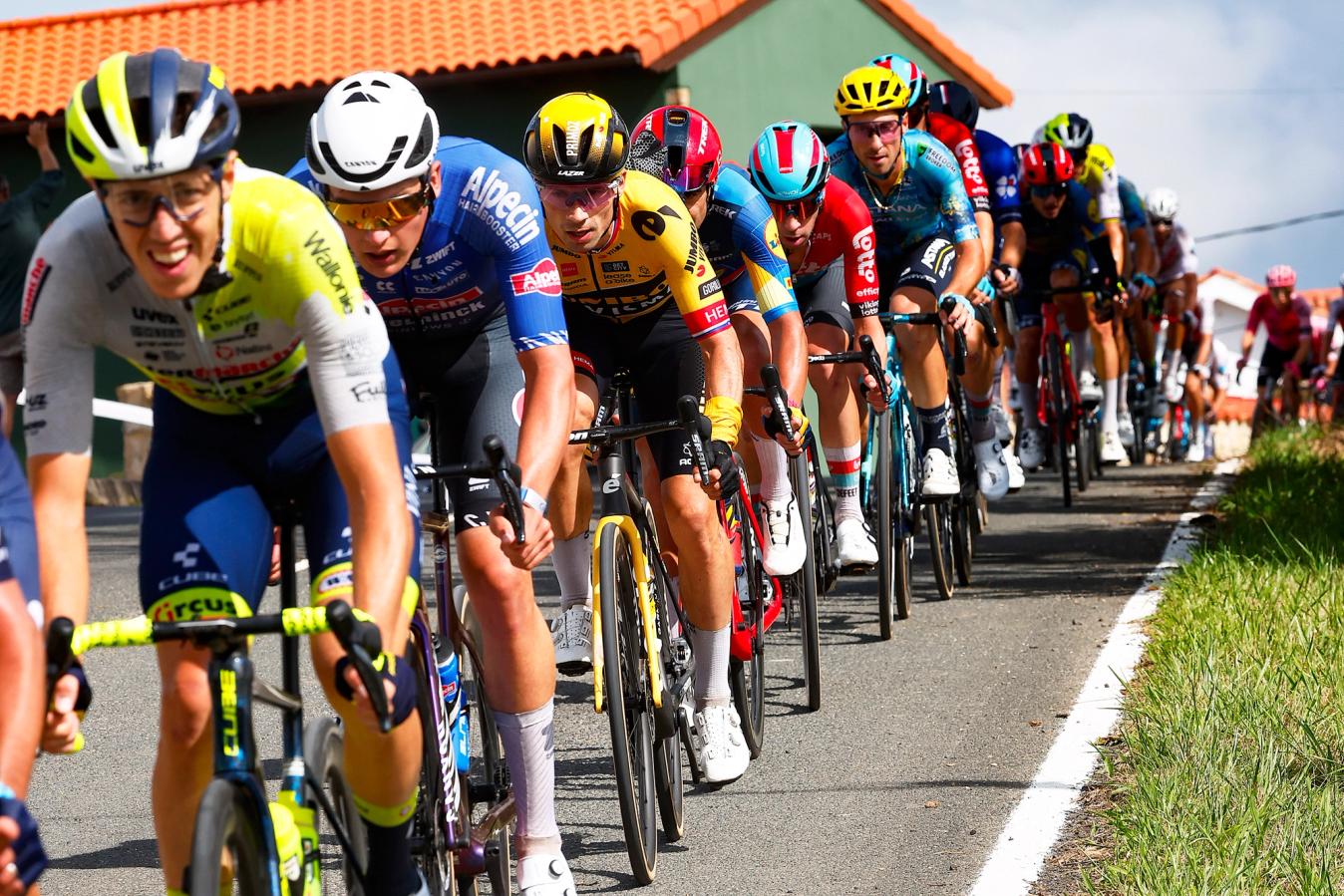
© Sprint Cycling Agency
Strung out riders at the 2023 Vuelta a España
The Vuelta also has much shorter stages compared to the Giro d'Italia and the Tour de France, which you might think would mean that the race is easier. But, in fact, it actually makes it much harder because every stage is raced so aggressively and at such high intensity.
Often, because there are fewer sprinters at the race, it means that the breakaway has quite a high chance of succeeding due to those short stages. So, you start off the stage, and it is just absolutely full gas every single day. You have no real let-up and there is no real gentle build-up into each stage.
So, I started every single day kind of bracing myself for this massive line out from the gun. For me, that's a distinct attribute that makes it brutally hard.
Breakaway bonanza
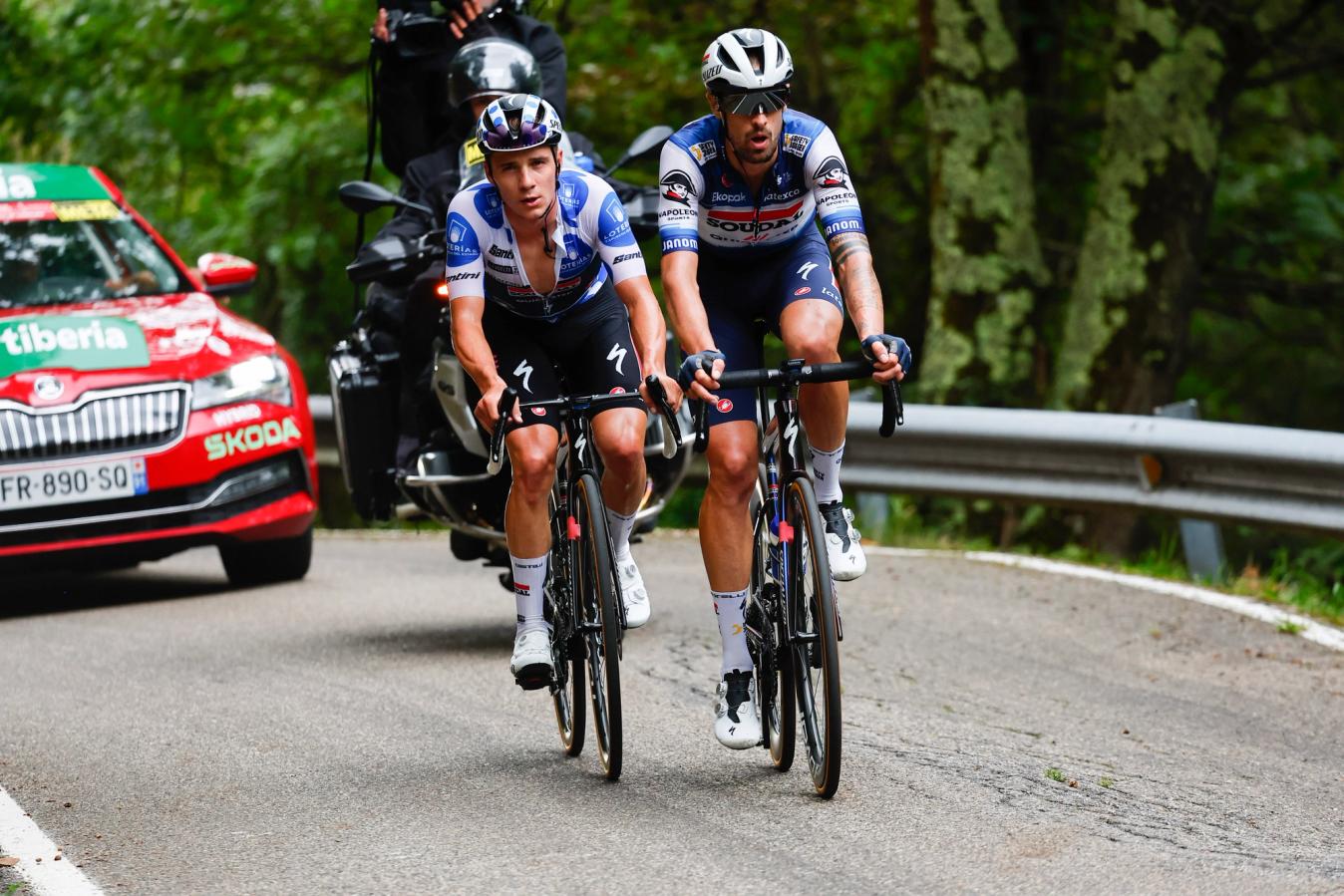
© Sprint Cycling Agency
Remco Evenepoel and Mattia Cattaneo go for broke at the 2023 Vuelta a España
Since the breakaway does have a chance to succeed at the Vuelta is the real reason why the racing is up to another level when you get into that final week. In other races, this is the time that the racing cools down a little bit, establishing a bit more of a rhythm.
Instead, at the Vuelta, riders are going for that full gas effort to make the break and there is a massive fight. I'm talking one, two, three hours, of groups going up the road, coming back, going up the road until the elastic finally breaks and a breakaway is allowed to establish itself.
Read more from Remco Evenepoel's breakaway exploits:
- Romain Bardet misses out on victory but praises Remco Evenepoel
- Remco Evenepoel goes down swinging on the Angliru
- Remco Evenepoel wins stage 18 solo as Jumbo-Visma ride for Sepp Kuss
Harsh time cut
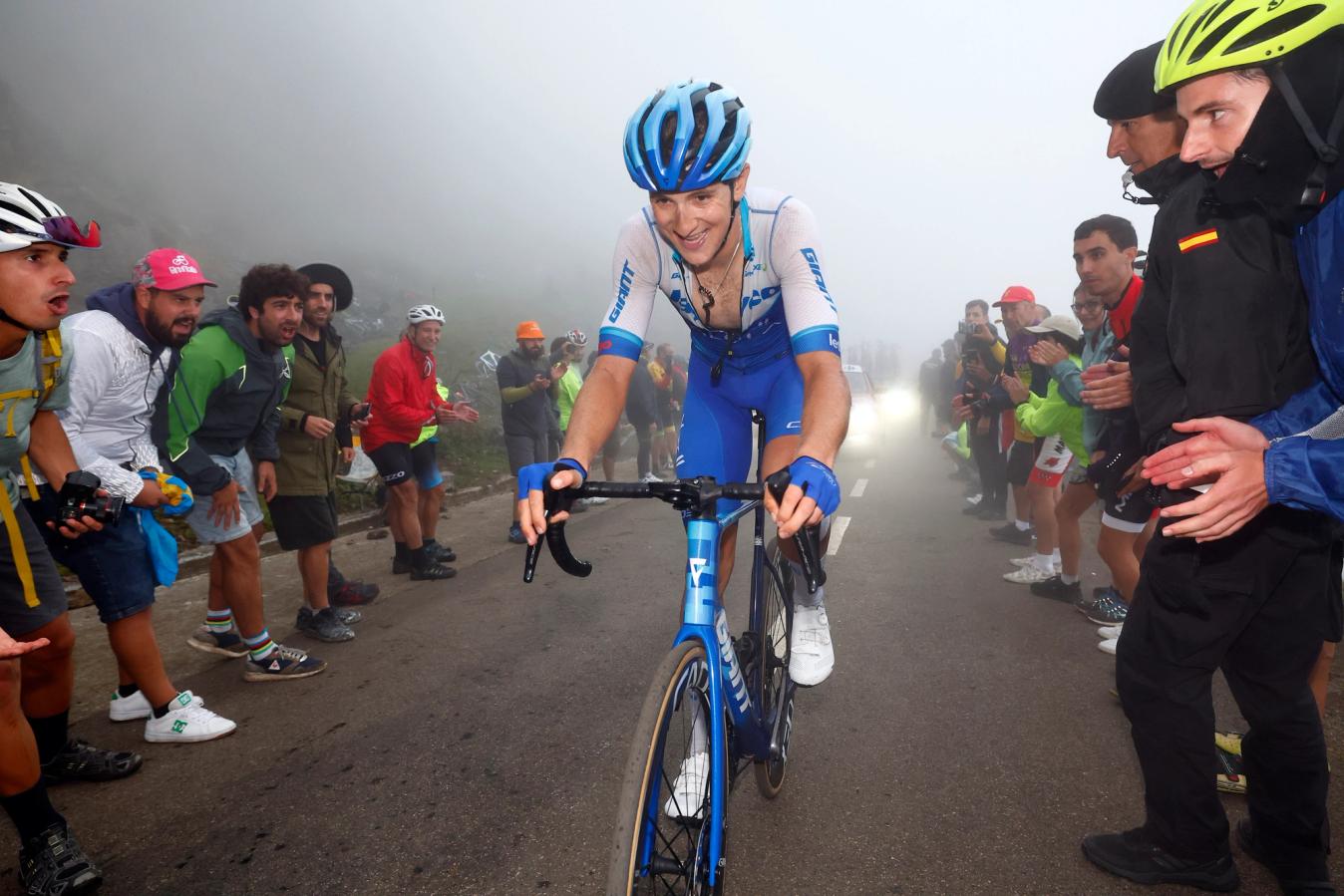
© Sprint Cycling Agency
Jan Maas struggles up the Angliru on stage 17 of the 2023 Vuelta
Another knock-on from those shorter stages is that those mountainous stages are harder to survive because of the time cut. Essentially, that time cut is taken as a percentage of the winner's time, the same as in any other race in pro cycling.
But the thing is, because the stages are short, you don't have as long in the group before you're dropped. You're essentially dropped right from the start of the stage.
Look at stage 13 of the 2023 Vuelta Espana as an example. It finished atop the Col du Tourmalet, but at the start, you descend 30 kilometres and then you straight away go into three massive climbs. The groupetto there is going to be riding on its own from the start. Riders are going to be dropped on that first climb, and then battle to make it to the finish in time.
Due to the shorter stages, the finish time between the winner and the time cut is relatively narrow, so heavier riders are up against it to make it to the finish of the stage and stay in the race.
Steep, steep roads

© Sprint Cycling Agency
Juan Pedro López climbs in the Vuelta a España 2023
I've also found that Spain has a heck of a lot of steep roads. It sometimes feels like the race is embarking on a sort of competition to find the steepest road in professional cycling. And it comes at any stage, any moment, and it's these unknown climbs that you come across at random points within each stage.
Read more: Alto de l'Angliru: The making of the Vuelta a España's iconic climb
Add that to the heat, and you feel like you're grovelling up these ridiculously steep climbs with no sort of breeze to cool you down, no wind at all in your hair – it's like you're being cooked alive on the steepest gradient imaginable.
Hairdryer crosswinds
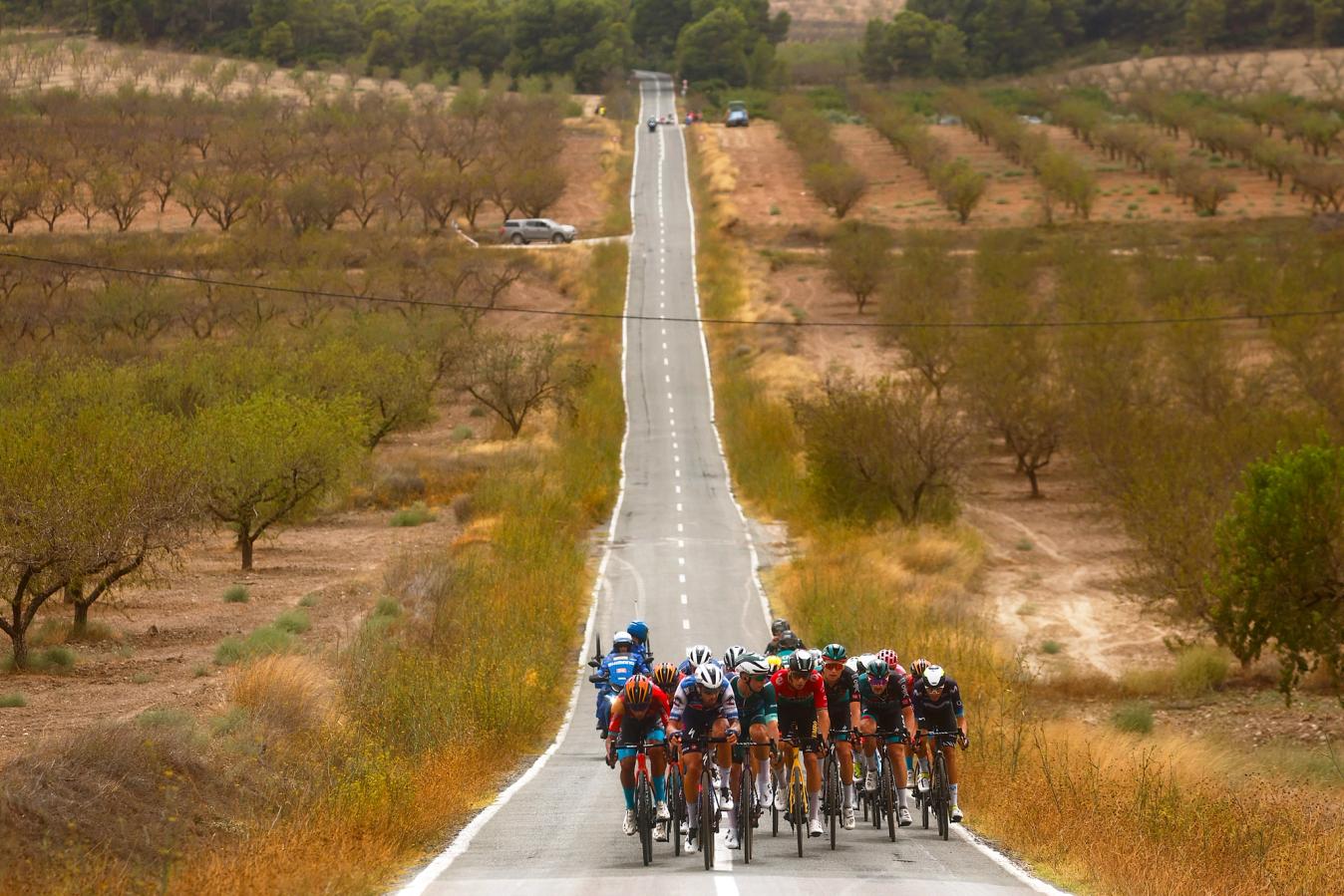
© Sprint Cycling Agency
Crosswinds hit in stage 9 of the 2023 Vuelta
Along with those steep climbs, there is also a considerably high amount of open roads in Spain where the wind really can whip across the road and cause absolute devastation with crosswinds. Have you ever seen the film "The Good, the Bad, and the Ugly"? Well, that was actually filmed in Spain in the Burgos region, and those big wide-open vistas are synonymous with racing in the Vuelta a España.
This post is no longer available
You have these winds that whip in like a hairdryer and can arrive at any moment. So, that translates to the bunch always being on edge and worrying about this next turn or if the wind's going to pick up and whip everyone into the gutter. It means you can never quite relax. You're always sitting in the pack, trying to get as much shelter as you can and nervous about the peloton splitting to pieces. Mentally, you can never really relax.
Lots of uphill finishes
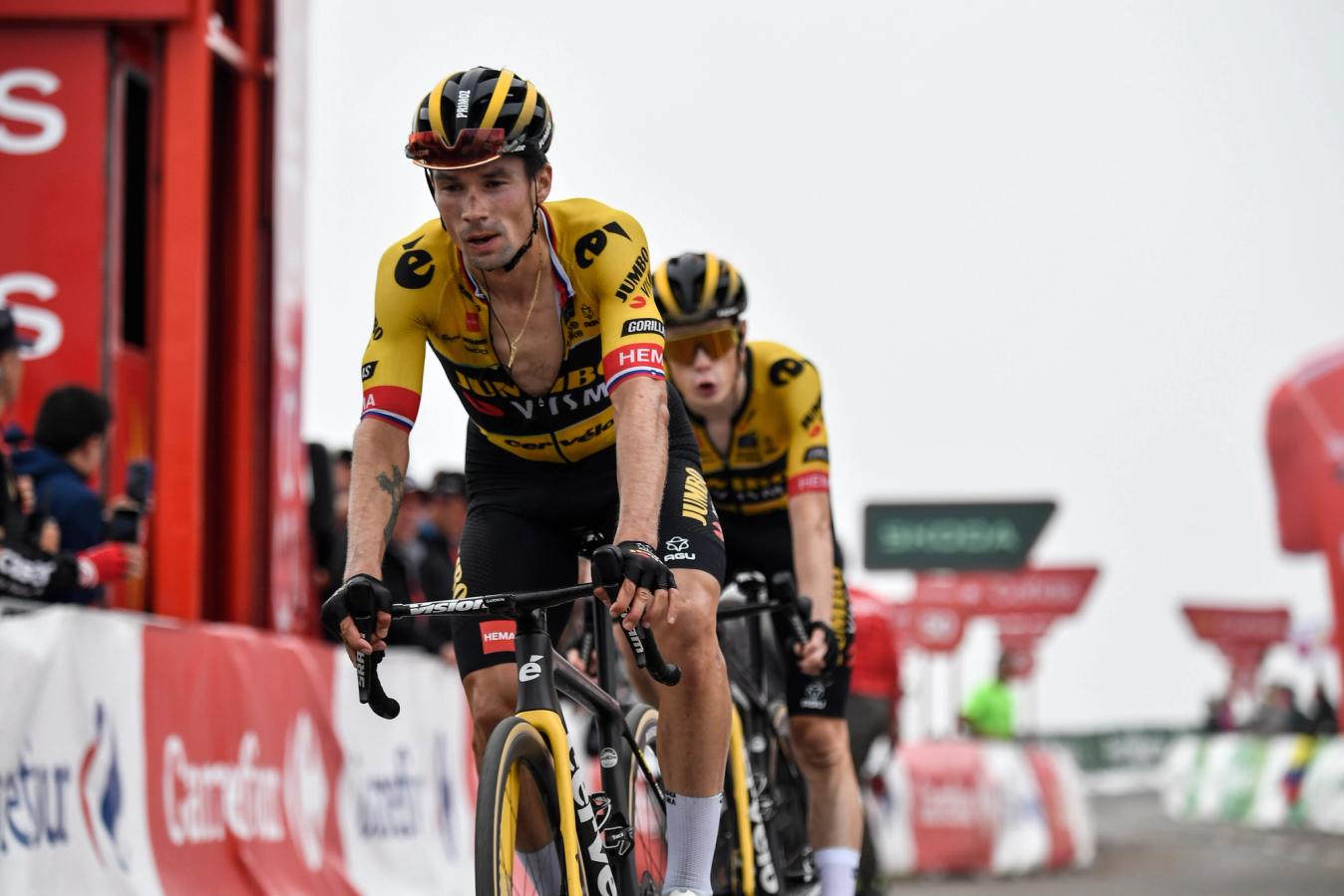
© Sprint Cycling Agency
Often, it's the climbers that cross the line first in the Vuelta
The climbs are steep, the crosswinds can blow hard, and as I found when I raced, the race loves a summit finish. Mountains like the Alto de Angliru, Alto del Gamoniteiru and Lagos de Covadonga provide the opportunity for so many summit finishes. In fact, in the Vuelta often nearly half of the stages end up a climb. That means there's no room for sprinters – this is a race for the climbers.
Plus, those summit finishes aren't easy either. As I mentioned, these climbs are steep.
The Alto de Angliru is one of them, and it's often considered as the hardest climb in pro cycling. I recently revisited the climb with David Miller as part of a documentary for , during which we delved into a bit of the history of the climb. It featured in this year's race, and it just gradually ramps up, ramps up, ramps up for 12 and a half kilometres. When you hit those max pitches of 25%, it feels almost claustrophobic. It's like riding up a cliff face, and that is probably a good description for the Vuelta.
Read more:
- Primoz Roglič leads Jumbo-Visma 1-2-3 atop Alto de l'Angliru
- 'What a load of baloney' - Sean Kelly lambasts Roglič and Vingegaard for dropping Sepp Kuss on the Angliru
- Analysis: Hierarchies become clear as Jumbo-Visma drop Sepp Kuss on the Angliru
The debutant's Grand Tour
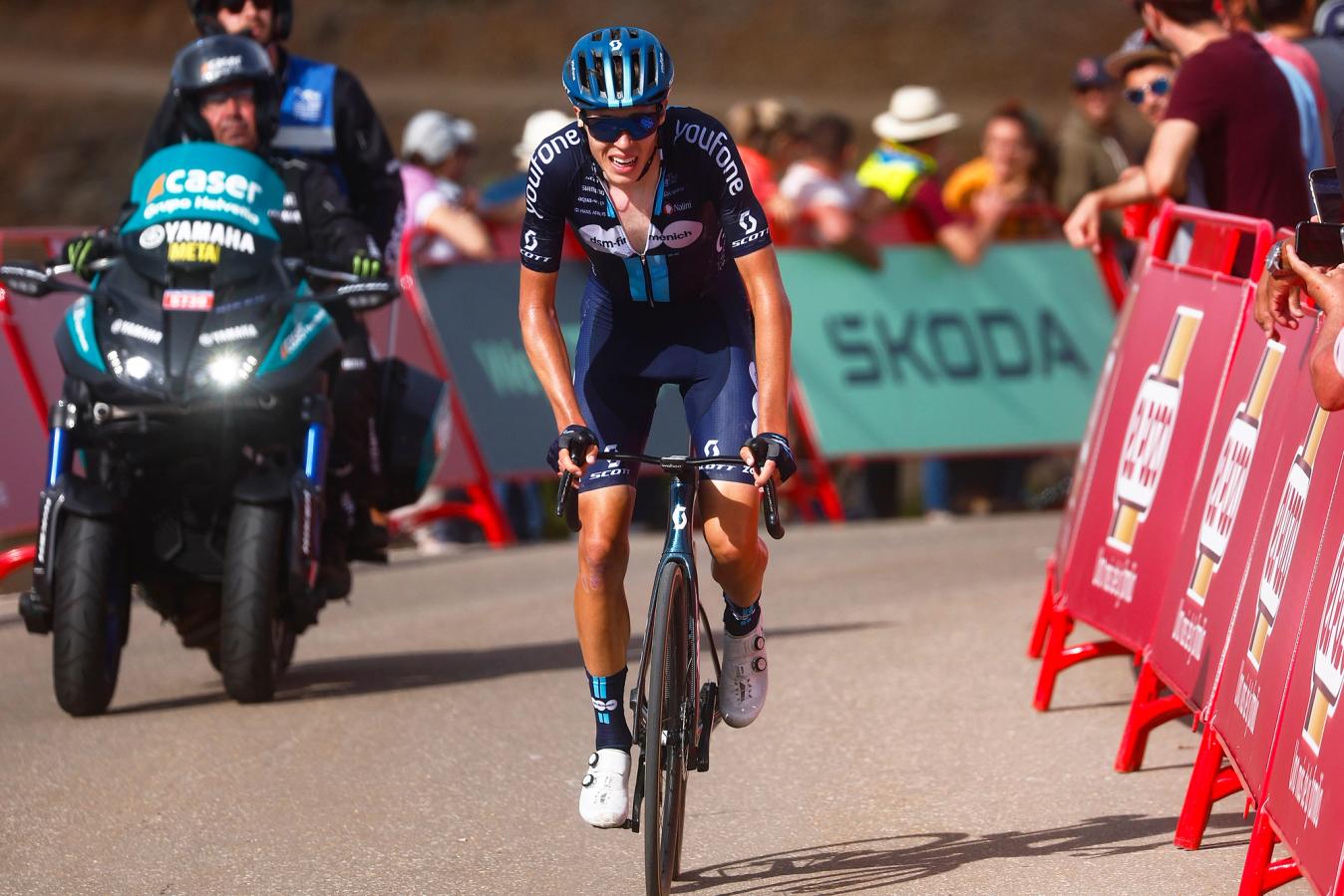
© Sprint Cycling Agency
Grand Tour debutant Max Poole fights to the finish on stage 6 of the 2023 Vuelta
Read more: Mixed feelings for Max Poole after strong day in Vuelta a España breakaway
Last up, the Vuelta is hard because it is, for many, their first experience of Grand Tour racing, like it was for me. There's nothing that can really prepare you for that. It's always going to be a baptism of fire. Once you do have that experience, you know how to get yourself through three weeks of racing that bit easier. But when you're totally new to it, it is pretty tough.
And that is the case for many riders in the race because the Vuelta is used to get that experience for young riders as they build up through the pro ranks, with the Giro d'Italia and the Tour de France perhaps being races that riders tend to go after they've got that bit of experience under their belt.
So, racing a Trand tour is tough, but doing it for the first time definitely toughens you up. I think for that reason, that's why the Vuelta often sticks in many people's memories as the hardest race they've ever done.
Keep up to date with all of the latest racing news from the Vuelta a España on our dedicated race page, linked here.
We are showing live and on-demand coverage of all 21 stages of this year’s Vuelta a España (territory restrictions apply) from Saturday, August 26 to Sunday, September 17, plus daily expert analysis on The Breakaway. Head over to GCN+ now to check out the start times for each broadcast!

MAIN.jpg?w=600&auto=format)






